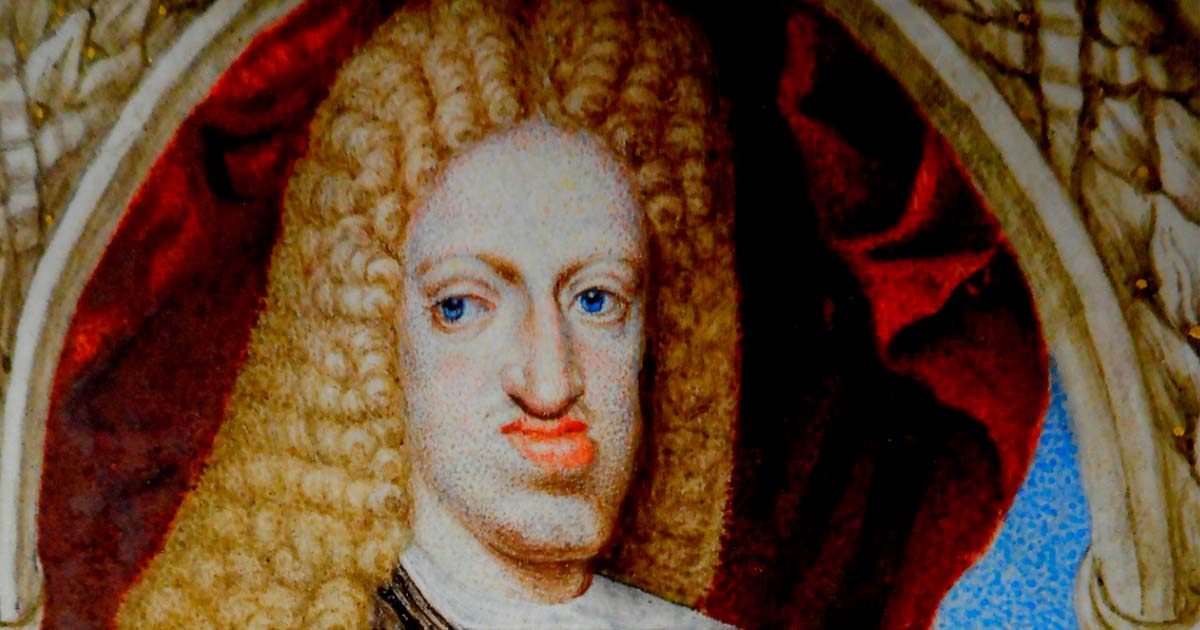How Charles II of Spain’s Inbreeding Plunged Europe Into War (Video)
In the 17th century, Charles II of Spain, the last of the Spanish Habsburgs, ruled one of the world's largest empires. However, behind the façade of royal strength depicted in paintings of the era, Charles II was plagued by severe health issues due to generations of inbreeding. His disfigured jaw made eating nearly impossible, and he suffered from rickets, hallucinations, and an oversized head. These ailments, rooted in his inbred genetics, led to his infertility and impotence.
As the king of a vast empire, Charles II's health woes had far-reaching consequences. Europe descended into the War of the Spanish Succession upon his death in 1700, as various European powers vied for control of his empire. The conflict lasted a decade and resulted in over a million deaths. Charles II's tragic story illustrates how the consequences of inbreeding can extend beyond an individual's suffering, impacting entire nations. It serves as a somber reminder of the importance of responsible governance and the dangers of prioritizing dynastic purity over the well-being of a ruling family.
- Inbreeding Armageddon Annihilated The Habsburg Dynasty
- Study Presents Evidence of Extensive Inbreeding among Ancient Egyptian Royalty
Top image: King Charles II of Spain. (Public Domain)


















Comments
Does inbreeding amongst extreme elites still occur?
Yes. It does. They're just more careful how they do it.
When you regard yourselves as superior to mankind, just like the Pharaohs did, unnatural inbreeding comes rather naturally. And people don't change all that much.